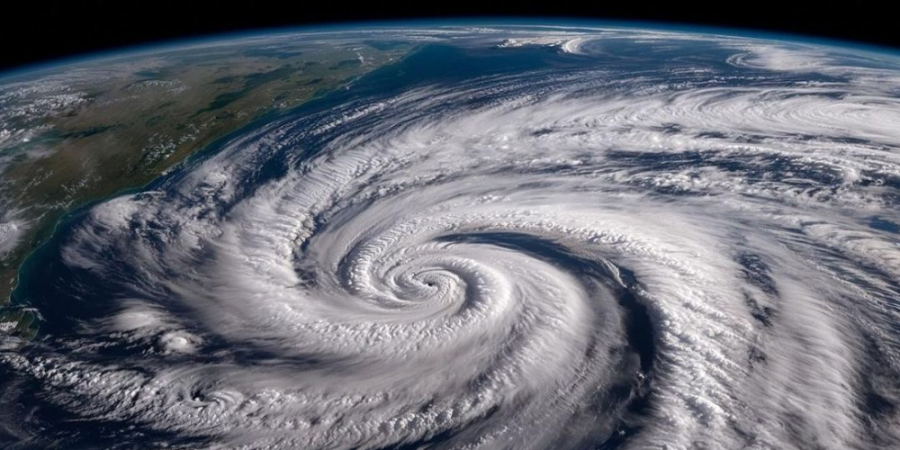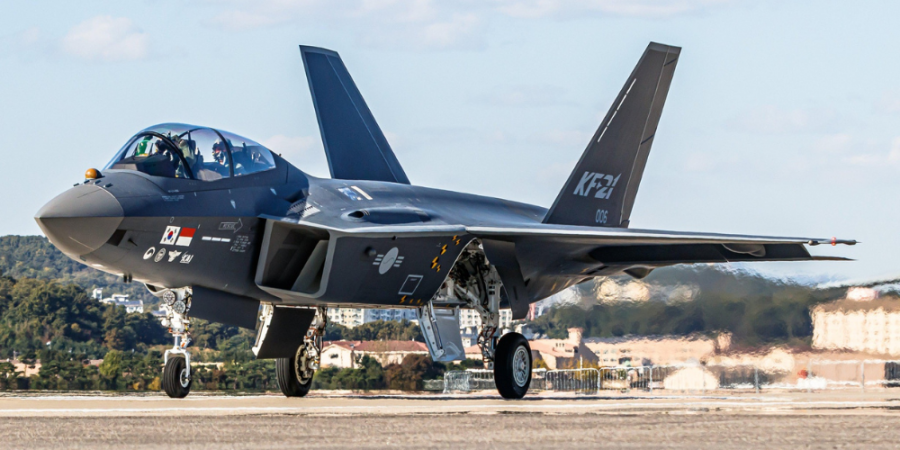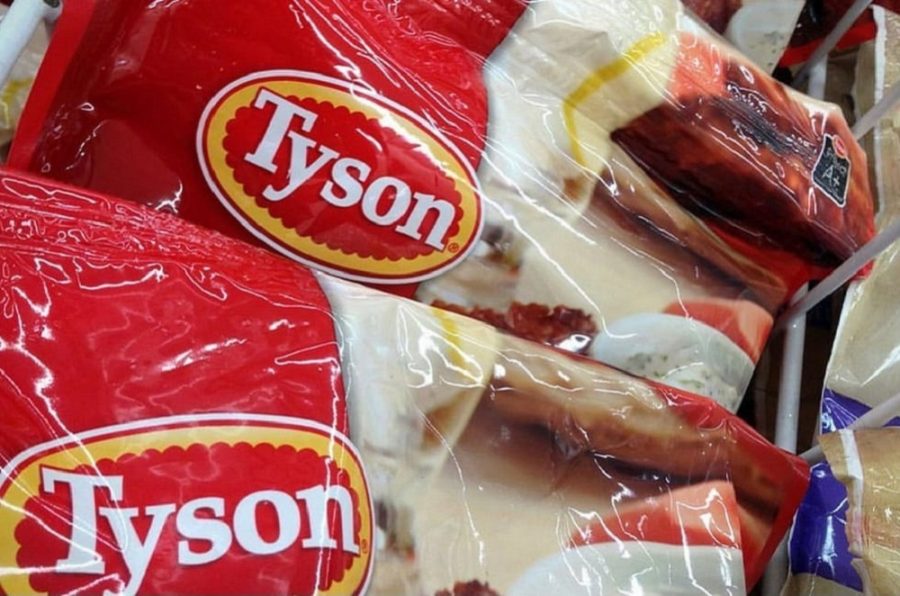Growing lettuce on the moon may sound like an impossible feat but scientists have been working towards turning this dream into a reality – and they have finally made a breakthrough that could help them inhabit Mars or any other planet without having to import food from Earth.
First Batch of Vegetable Harvested in Antarctica
Last week, the Germany’s Aerospace Centre DLR reported to the Associated Press that it has successfully been able to harvest Antarctica’s first ever crop consisting of a batch of 18 cucumbers, 70 radishes, and 8 pounds of leafy greens – all without getting a single ray of sunshine.
The first batch of vegetables were grown in a green house, as a part of an EDEN ISS project that started in January, 2018, where the crops were grown in controlled temperatures and artificial light.
Scientists say that the successful harvest is only the first step of the exciting project, and they plan to grow larger quantities of produce to combat the food shortage in Antarctica. They also plan to expand the greenhouse to be able to grow more varieties of vegetables along with fruits, berries and herbs.
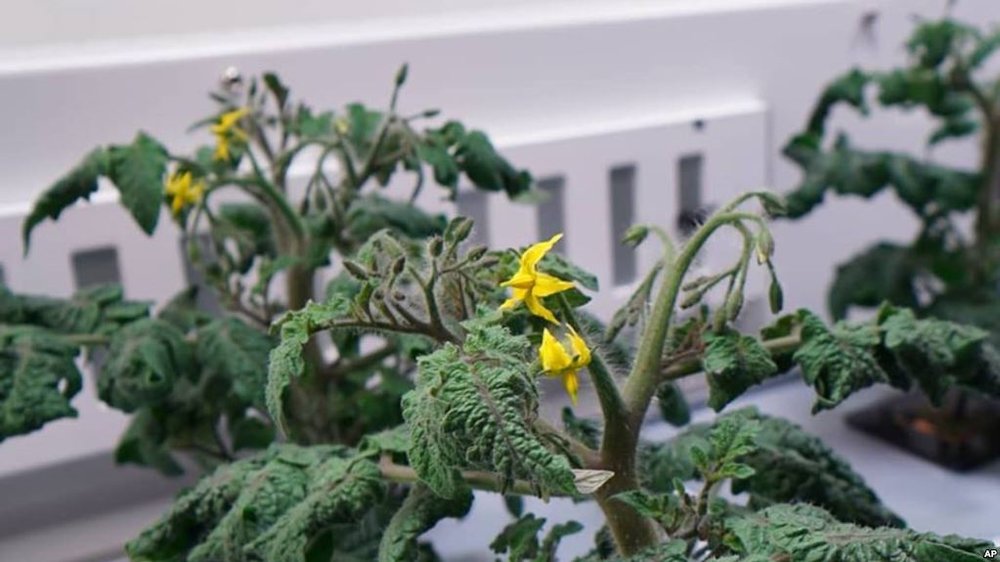
A new greenhouse project has enabled scientists to grow vegetables in Antarctica for the first time in the history
Growing food in Antarctica, one of the most inhospitable places on Earth, is just as difficult as doing it in space – but the scientists have proven with the new experimental greenhouse project that if they can successfully create life in an environment where nothing has ever grown before, there is no reason why they can’t do the same on Mars.
Scope of the Greenhouse Project
The EDEN ISS project is meant to help scientists understand how food can be grown in specialized environment inside a spaceship, an artificial greenhouse on an alien planet or even on our own planet during harsh climates. The project offers plausible solutions to future issues like climate change and population growth which could make practicing agriculture on land unfeasible.
The greenhouse experiment has also reached the International Space Station where NASA is conducting harvesting experiments with various types of vegetables. So far, the astronauts have only had success with growing romaine lettuce, mizuna, and bekana cabbage. Daniel Schubert, the spokesperson for DLR Aerospace Centre, says that project has huge potential and could one day help the human inhabit Mars or other planets.
Before the experimental project arrived in Antarctica, food supplies for the scientists in research facilities were brought from other parts of the world through air, a process which was proving to be expensive and inefficient. It was impossible to grow anything in Antarctica in freezing winters when the temperature would drop below -100 degrees Fahrenheit. Now, the scientists are able to grow produce in the environmentally controlled greenhouse all year-long.
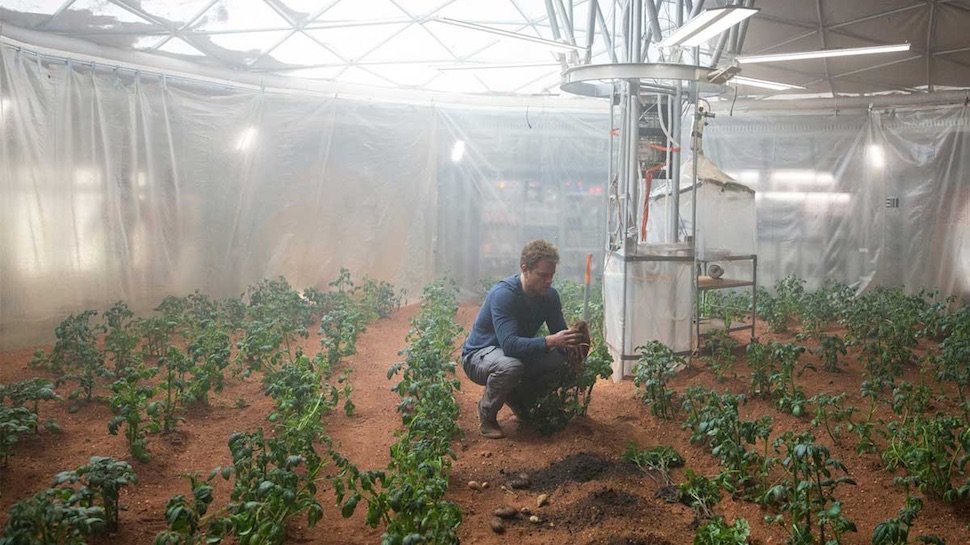
The environmentally controlled greenhouse uses LEDs to mimic sunlight and is able to grow produce all year long
Growing Plants in a Controlled Environment
The 135-square-foot Antarctic greenhouse is situated on a mobile testing facility which resembles a long shipping container on wheels with numerous growth cabinets shaped like window-boxes where trays of different crops are grown using vertical farming technique and 42 LEDs instead of light from the sun.
Once harvested, the produce will be used to feed the crew of 10 researchers at Neumayer Station III during winter. The high-tech greenhouse facility uses special airlock to ensure the internal temperature and moisture content is not disrupted by Antarctica’s subfreezing environment.
The plants grown in a completely independent environment, where the temperature is kept at a constant 75 degrees Fahrenheit, the greenhouse is pumped with an excess of carbon dioxide and the LED lights switch between red and blue wavelengths – which are considered optimal frequencies for plant growth – to mimic natural sunlight.
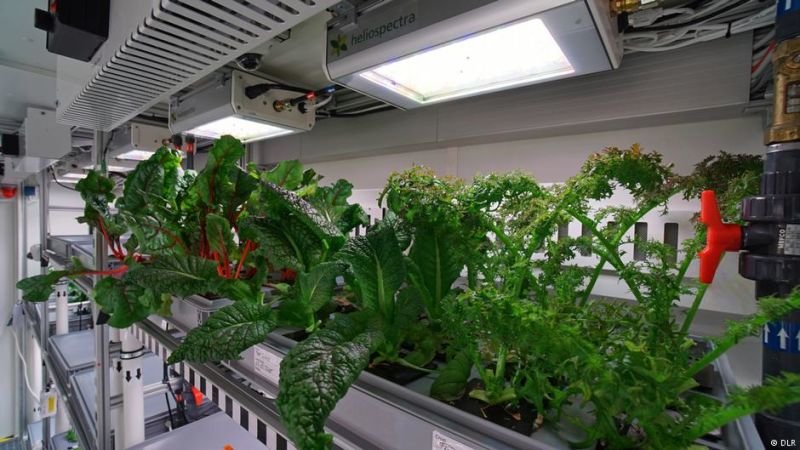
To keep the bacteria and unwanted microorganisms out of the greenhouse, the scientists use UV disinfectants and special filters; this way they are able to keep the plants free of pesticides or insecticides.
The test facility, which arrived to Antarctica last year, was shipped piece by piece and had to be set up by the engineering crew. Due to the late arrival of the equipment, scientists and engineers had to stay back at the research center and spend the Christmas holidays in Antarctica. Now, the only crew member who remains at the station is harvester Paul Zabel and the penguins roaming outside the lab.






